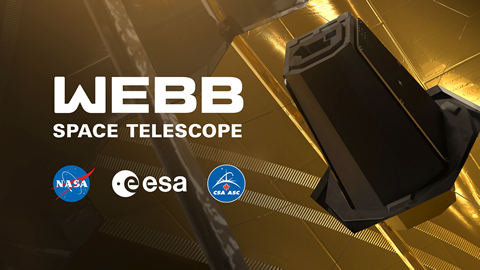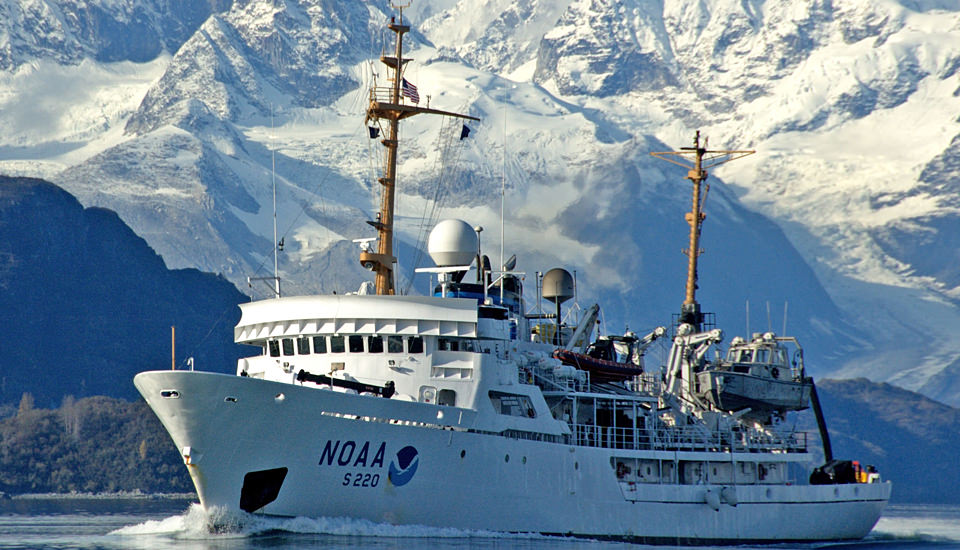In thermal related news from actual spacecraft engineers:
At about 8:48 a.m. EST, a specialized radiator assembly necessary for Webb’s science instruments to reach their required low and stable operating temperatures deployed successfully. The Aft Deployable Instrument Radiator, or ADIR, is a large, rectangular, 4 by 8-foot panel, consisting of high-purity aluminum subpanels covered in painted honeycomb cells to create an ultra-black surface. The ADIR, which swings away from the backside of the telescope like a trap door on hinges, is connected to the instruments via flexible straps made of high-purity aluminum foil. The radiator draws heat out of the instruments and dumps it overboard to the extreme cold background of deep space.
The deployment of the ADIR – a process that released a lock to allow the panel to spring into position – took about 15 minutes.
Webb’s final series of major deployments is planned to start tomorrow, Jan. 7, with the rotation into position of the first of two primary mirror wings. The second primary mirror wing – Webb’s final major spacecraft deployment – is planned for Saturday, Jan. 8.




 Naturally and for free
Naturally and for free 



